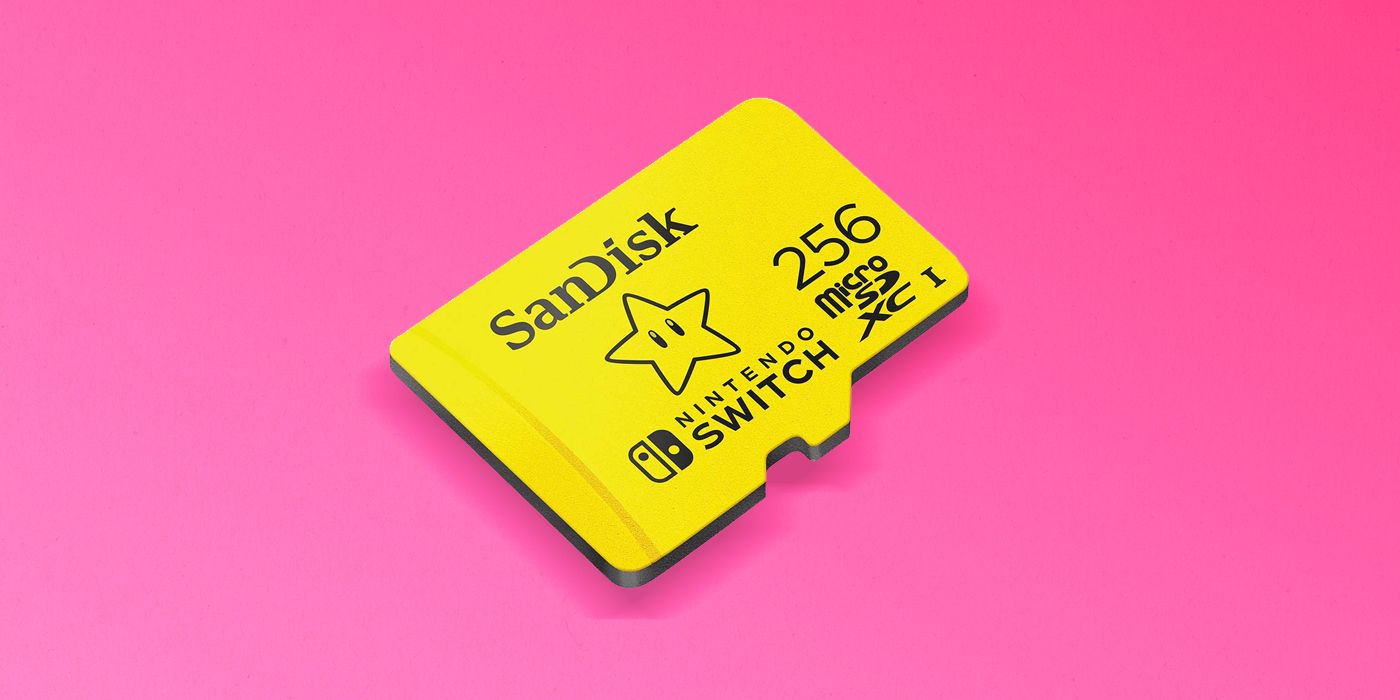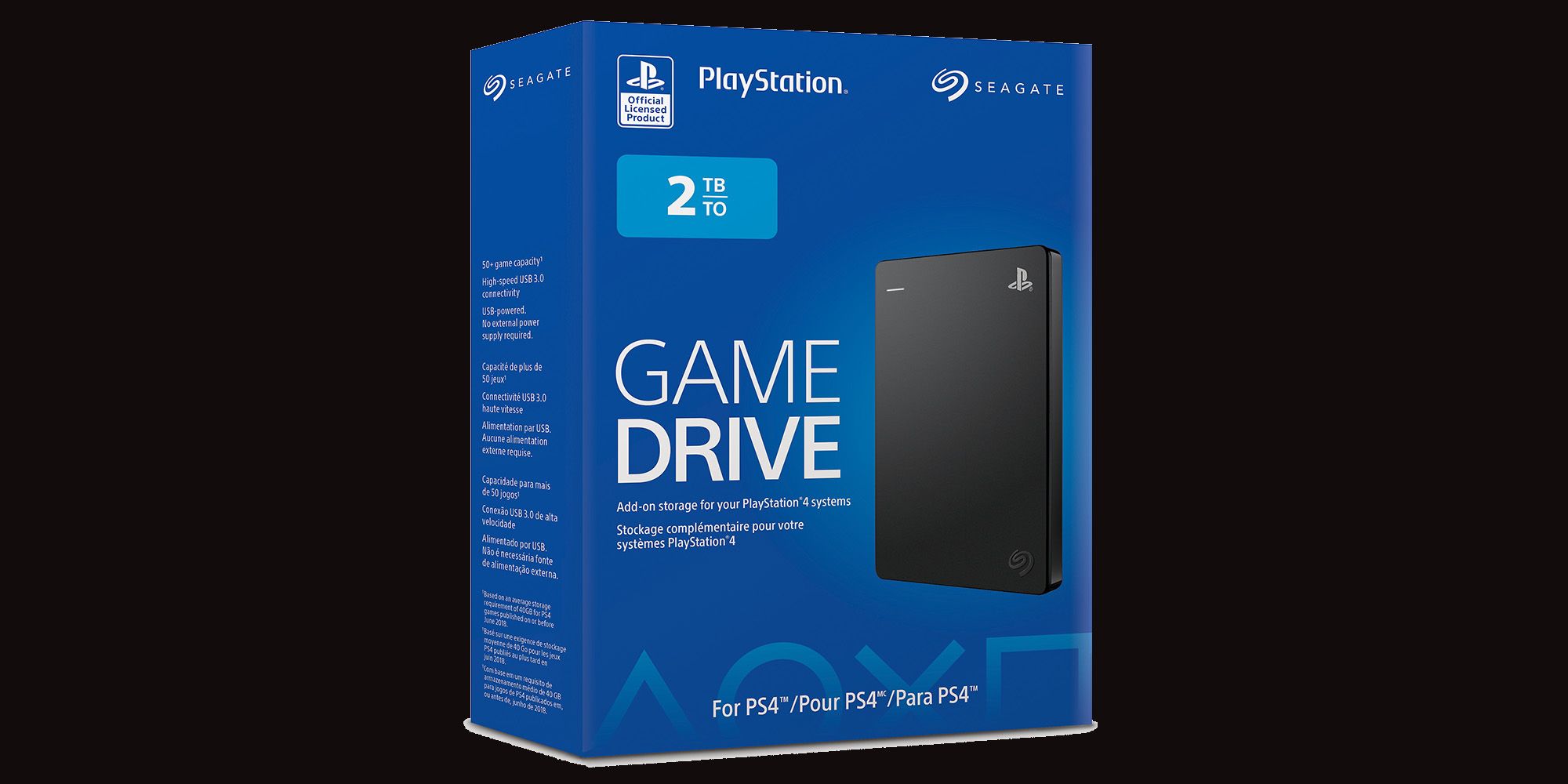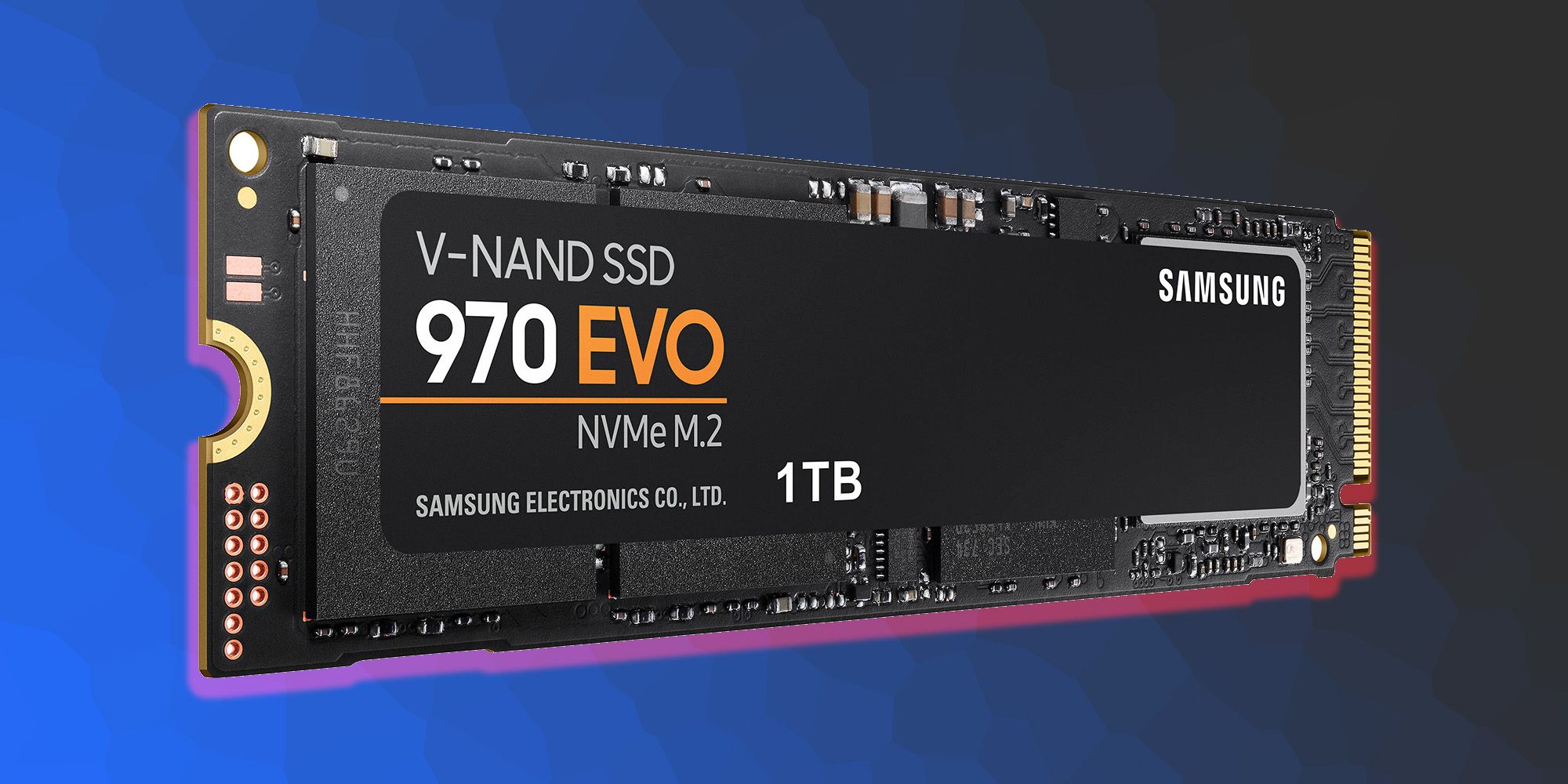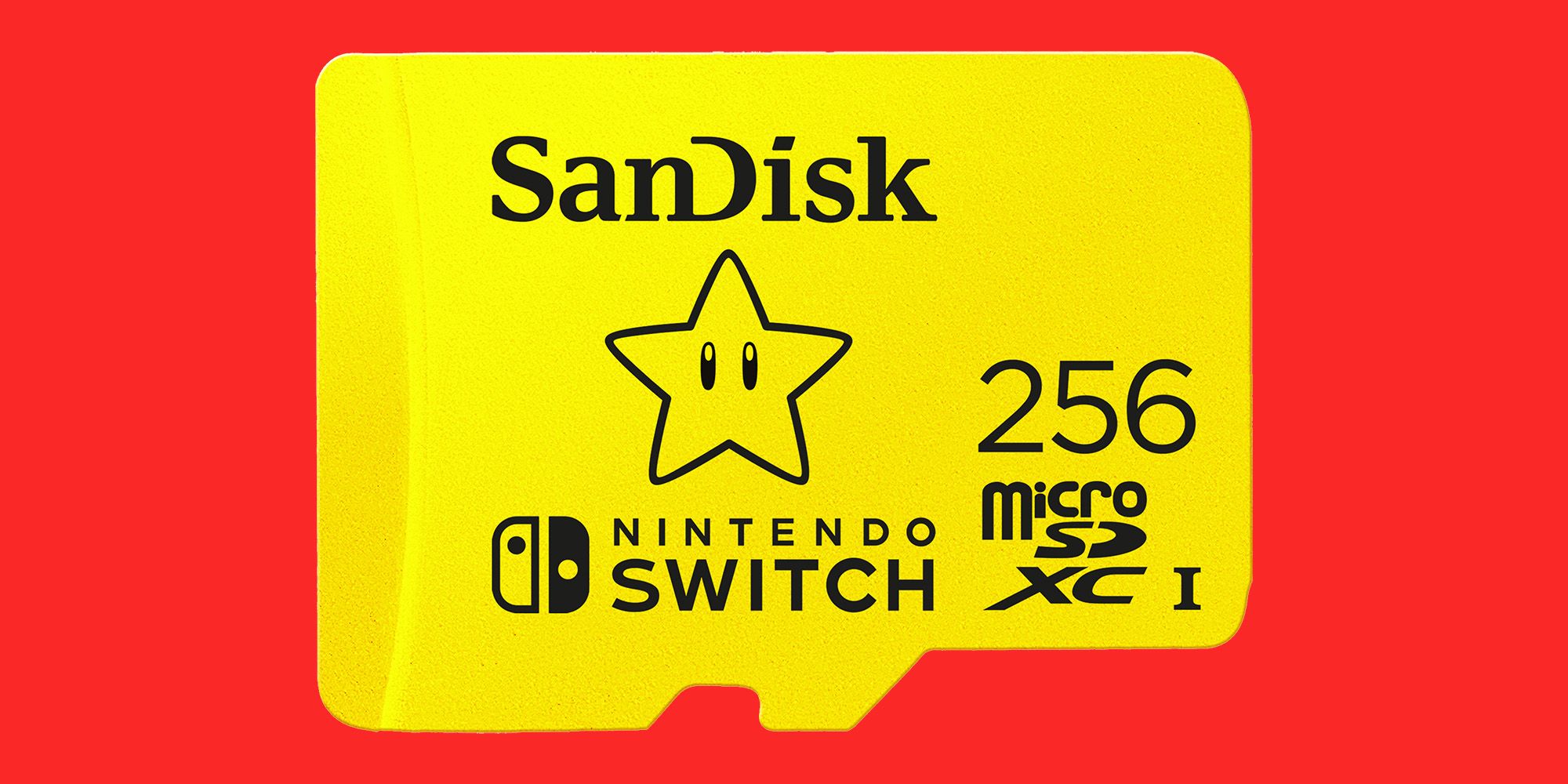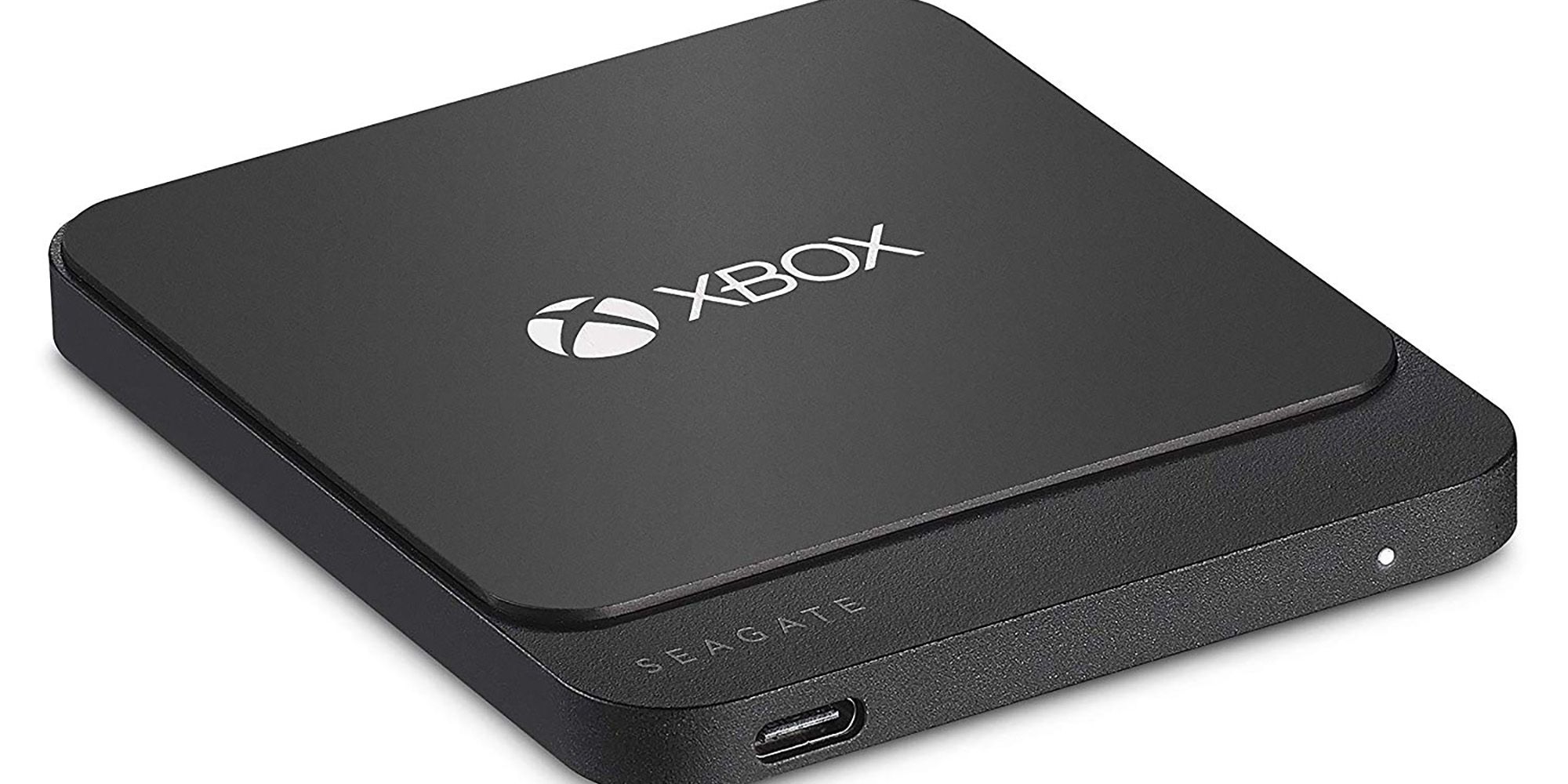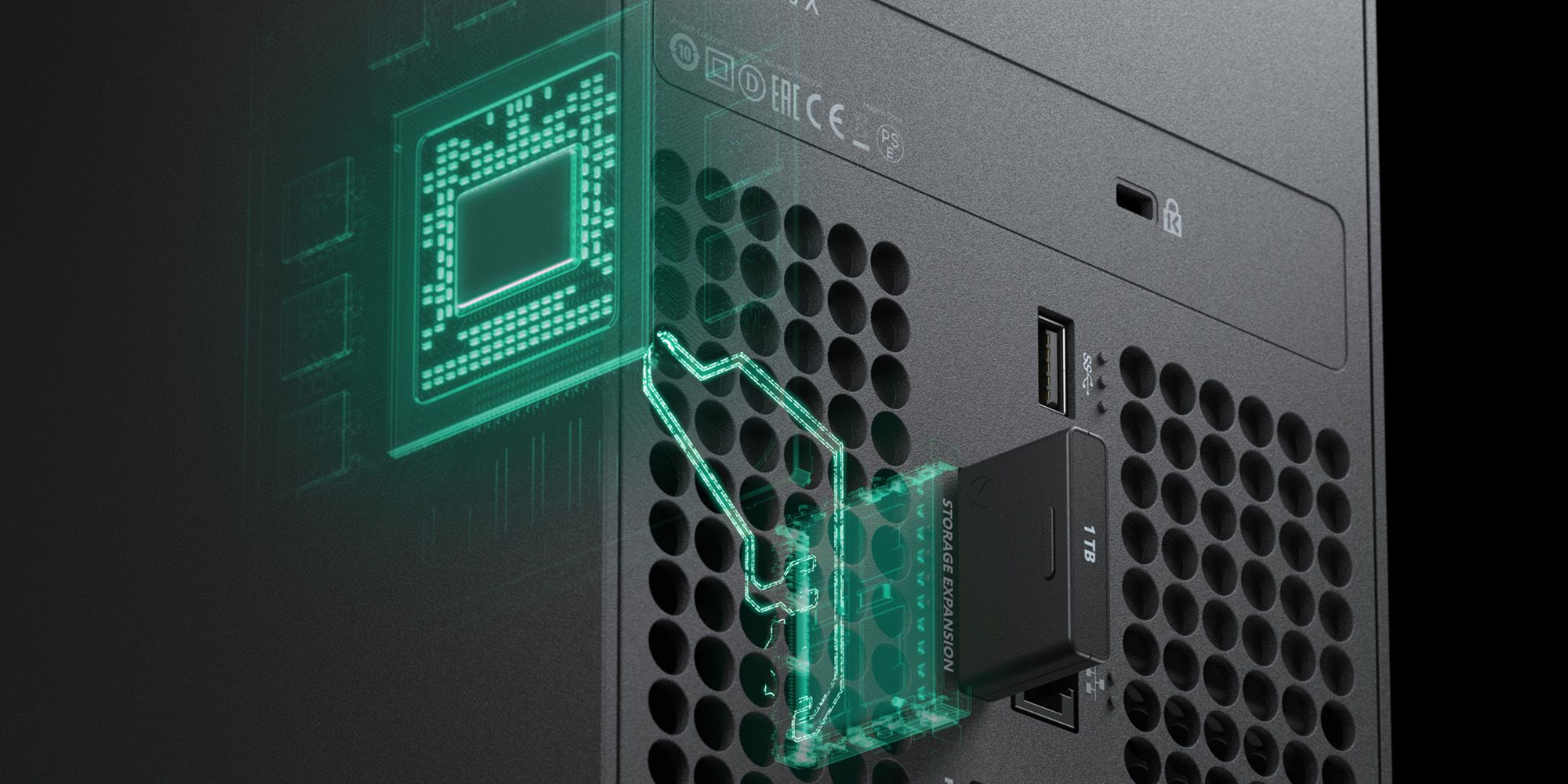Video games take up a large amount of space these days. With next-gen around the corner and new tech being released, it's likely game files will be even larger in 2021 and beyond. PC gamers don't face run into storage issues as often as console gamers, because adding drives is relatively easy on a computer. Consoles, on the other hand, have limited space and are very specific about external storage compatibility.
Adding more storage to consoles is possible, but it requires a bit of research. The first thing to know is that there are two types of drives: Hard Disk Drives (HDD) and Solid-State Drives (SSD). SSDs are becoming the norm in next-gen: Xbox Series X and PlayStation 5 will use these exclusively because of their superior speeds.
HDDs are still around and are significantly less expensive than SSDs, but they're slower on average. Both come in USB form, which used to be standard for external console storage. Next-gen consoles have gotten a little more complicated and expensive, however, when it comes to adding more storage -- which allows for more games and content.
PlayStation 4
Using an external storage device with the PS4 is very straightforward. Any external HDD or SSD that uses USB 3.0 can be used to store games, apps and DLC. There is some setup required to get it working, but nothing too difficult. Simply plug in the external storage to the USB slot and format it through the PS4. This can be done through "USB Storage Device Options," under "Devices" in the PS4 Settings.
This optimizes the drive to store PS4 content exclusively, which means it can only be used with the PS4. Reformatting the drive to use with another piece of equipment will erase any data stored on it, so back the files up before committing. Data can be moved between the storage device and the PS4's internal drive through the storage settings and digital games can be installed to the storage device exclusively to save space on the console itself.
Players who want a specific recommendation should check out Seagate's 2TB external hard drives, which are specially made for PS4.
PlayStation 5
The next-gen PlayStation console isn't as easy to shop for when it comes to storage. It does have a fair bit of space in its internal drive and it's upgradable through the expandable storage bay, but so far very few SSDs currently meet the requirements.
Sony is recommending using an SSD with around 5.5GB/s speeds and it has to be NVMe M.2 to fit the storage bay. It's not cheap and the technology won't be more common until next year. The installation is more like installing a computer part too, not just a plug n' play -- which may leave those without hardware knowledge confused.
For players looking for a cheaper solution via traditional USB external storage, there's good news and bad news. PS5 games can't be played from an external USB drive, only stored. Games will be designed with the faster read speeds in mind, so anything less may not be compatible. It's possible to store PS5 games on an external drive, but gamers will have to transfer them back to one of the installed NVMes to actually play. However, PS4 games can absolutely be played via USB drive -- players just may not see the upgraded version.
Nintendo Switch
Nintendo's current console is very different in a lot of ways and its storage is no different. Rather than use USB like the others, the Switch takes microSD cards. It has 32GB of internal storage, which isn't very much, but can use up to a 2TB microSD.
Make sure to check the packaging before buying, because it can be easy to grab the wrong size. To install a microSD on the Switch, flip over the console, lift the stand and slide it into the slot. Players can use multiples and switch them out, but Nintendo doesn't recommend it. Data can be transferred from a microSD to a computer, then to another microSD. The only thing that can't be stored on these cards is save game data, but Nintendo has a cloud service for that.
Xbox One
The Xbox One takes a similar approach to external storage as the PS4. Xbox One requires a USB 3.0 HDD or SSD that must have a partition. It's a fairly common thing for a drive to have already, but it's also possible to create one by following the manufacturer's instructions and the PC prompts if it doesn't.
Like the PS4, the Xbox One will format the drive. However, the Xbox One can have up to three storage devices connected at the same time, which means tons of space for games with a total limit of 16TB. Plug them into the USB and play. Xbox also has its own external storage drive designed by Seagate.
Xbox Series X
Microsoft's new console has its own storage expansion that operates similar to the PS5's. The Xbox Series X comes with 1TB of internal storage on its SSD and an expansion slot that specifically fits a proprietary expansion card. This means purchasing extra storage for the Xbox Series X means only using that device with it -- and it's not cheap, either.
Currently, Seagate is the only company making this expansion card, with 1TB of additional SSD storage, for $220. It installs in the back of the console in its own unique slot.
Like with the PS5, new games won't be playable on the Xbox Series X from USB drives -- which must be USB 3.1 -- though these can store games. Players will need to transfer games back onto the Xbox's internal drive or expansion card in order to play. However, Xbox One, 360 and Original games can all be played from USB drives. They just won't be upgraded or optimized.

